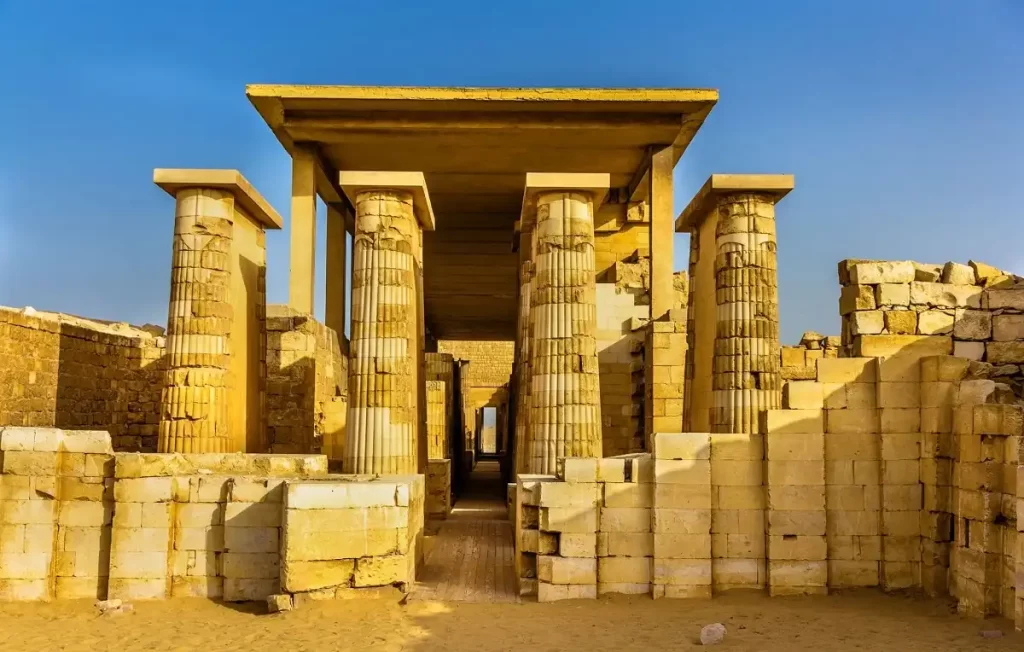
Memphis City
[ez-toc]
The History of the Ancient City of Memphis
There has never been a city that contained more wonders or defined the future of the history of Egypt than Memphis city. The city was constructed by Pharaoh Menes in 2925 B.C during Egypt’s Old Kingdom (2686-2181 BC) after unifying Upper and Lower Egypt and creating the first dynasty and was originally called Inbu-Hedj which means “The White Walls”. It is the home of the extraordinary Pyramids complex that contains one of the Seven Wonders of the Ancient World the Great Pyramid and the world’s oldest statue the Sphinx. It became the capital of Ancient Egypt, the center of the rule, trade, art, and religion under the protection of the god Ptah (the Patron of Craftsmen), and the home to the great temple of Hut-Ka-Ptah which means “Enclosure of the Ka of Ptah” which was translated in Greek as Ai-Gy-Ptos which is the etymological origin of the word “Egypt” the modern English name to this magical Country.
Memphis City Location
The city is situated at the start of the Nile delta, 25 kilometers south of Cairo, on the west bank. During the Egyptian Middle Kingdom (2055–1640 BCE), it was referred to as Ankh-Tawy, which means “Life of the Two Lands,” because of its advantageous location between upper and lower Egypt and its consequent status as a center of absolute power. Men-Nefer, which means “Enduring and Beautiful,” was the name used during the New Kingdom of Egypt. It was eventually shortened to Memfi in the Coptic era and Memphis in Greek.
During the Old Kingdom, the city served as the capital of Egypt for eight successive dynasties. In the 6th dynasty, the creator god Ptah, his wife Sekhmet, and their son Nefertem came to dominate the city’s religious landscape. The Alabaster Sphinx that guards Ptah’s temple is a representation of the city’s might and prestige. The site is home to numerous statues that date back roughly 5000 years, including the sizable figure of Rameses II. After Thebes’ growth, the city’s influence began to wane, and Alexandria eventually replaced Thebes as the capital during the Greco-Roman era. Finally, the city turned into a relic of the past, a place for broken stone and lost pride.



